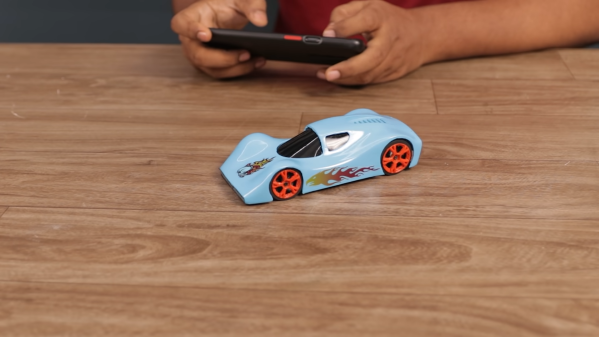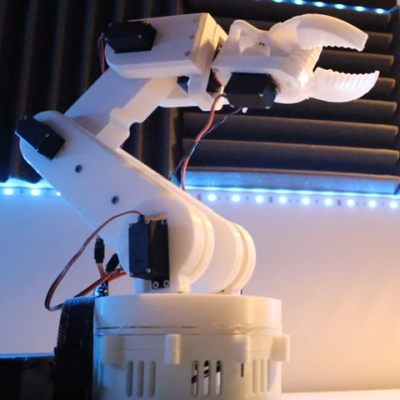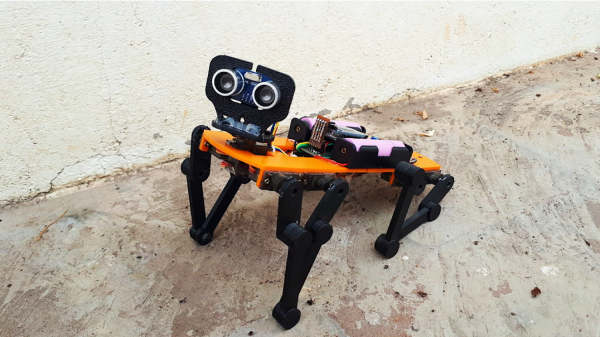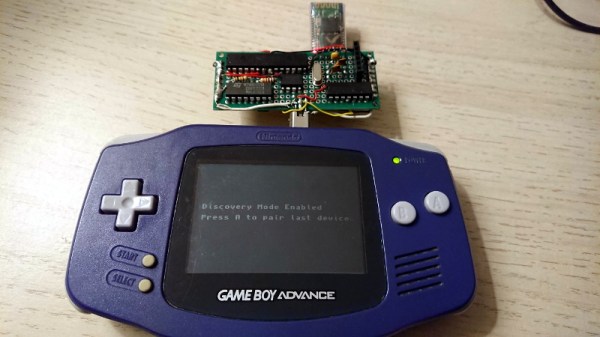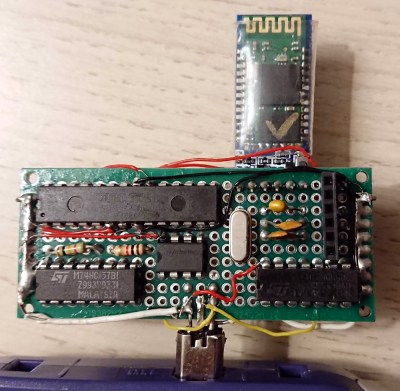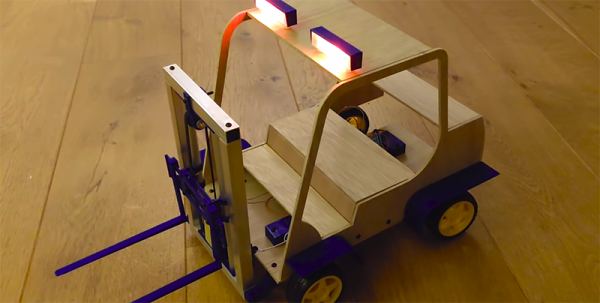Downforce is a major part of modern motorsport, keeping cars glued to the track at high speeds. However, for small radio control cars, adding a fan for a little suction can achieve even greater feats, as demonstrated by this build by [DD ElectroTech].
The build began as a simple two-motor, skid-steer RC car build with a fan for suction. Controlled by a smartphone app, a cheap Arduino board with an HC-05 Bluetooth module ran the show. However, when this was all assembled, the car was too heavy to climb walls or stick to the ceiling.
Thus, a weight-saving plan was in order. Wheels were swapped out for lighter 3D printed parts. The electronics saw significant re-engineering, too, with the multiple separate modules all condensed down into one single custom PCB. After a few other tweaks, the new lighter car was able to easily drive on the ceiling and even climb walls, albeit with some difficulty.
It’s a fun little build and a good demonstration of how easy it is to whip up cool projects with modern electronics and 3D printed parts. We’ve seen other printed fan car builds before, too, but did you know the concept was first trialed in real-world motorsport competition? Video after the break.

